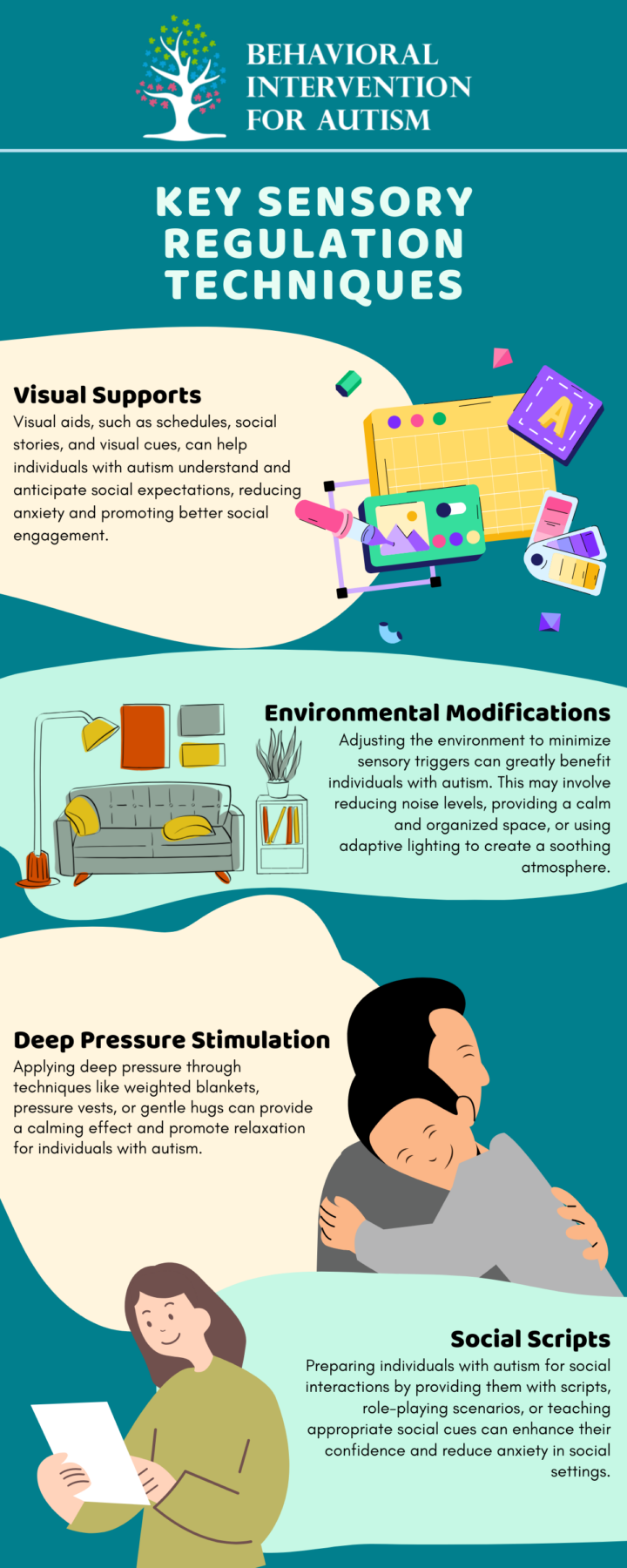
Table of Contents
When it comes to understanding the challenges faced by individuals with autism, it is crucial to recognize the co-occurrence of social anxiety disorder. These two conditions often intertwine, posing unique difficulties for individuals and necessitating a comprehensive understanding of their interplay.
Co-occurrence of Conditions
Autism and social anxiety disorder often occur together, especially in individuals with autism who mask their symptoms well. Many individuals on the autism spectrum are initially diagnosed with social anxiety disorder, while their underlying autism may go undetected. This can lead to a delay in receiving appropriate support and interventions.
The co-occurrence of autism and social anxiety disorder can manifest in various ways. Autistic individuals may develop a heightened sensitivity to judgment and criticism, perceiving social missteps, and becoming highly anxious in social situations as a result of their masking behaviors. This anxiety can further hinder their ability to navigate social interactions and build relationships.
Prevalence and Diagnosis
Understanding the prevalence and diagnosis of social anxiety disorder in individuals with autism is crucial in providing appropriate support and intervention. The co-occurrence of these conditions is not uncommon, particularly among high-masking autistic individuals. However, it is important to recognize that social anxiety disorder can sometimes be initially diagnosed while the underlying autism is missed.
High Rates in Autistic Individuals
Social anxiety disorder is prevalent among individuals with autism spectrum disorder (ASD). Studies suggest that the prevalence of social anxiety disorder among autistics is estimated to be as high as 50%, which is significantly higher than the prevalence of 7-13% in the non-autistic population.
The challenges faced by individuals with autism, such as difficulties in understanding social cues, maintaining eye contact, interpreting non-verbal cues, and participating in reciprocal conversation, contribute to the development of social anxiety. These struggles can lead to heightened self-consciousness and fear of social situations, resulting in social anxiety symptoms.

Importance of Autism Screening
Due to the high occurrence of social anxiety disorder among individuals with autism, clinicians should consistently include autism screening as part of the social anxiety diagnosis process. This is to ensure that underlying autism is not missed, as it may require different treatment approaches and interventions.
Autism screening is a valuable tool in identifying autism spectrum disorder in individuals who may initially present with social anxiety symptoms. By conducting a comprehensive assessment that includes evaluating social communication skills, repetitive behaviors, and sensory sensitivities, clinicians can make accurate diagnoses and provide appropriate support.
Early detection and diagnosis of autism are essential for accessing appropriate interventions and support services. Through timely diagnosis, individuals with autism and social anxiety can receive tailored interventions that address their specific needs, improving their overall well-being and quality of life.
Understanding the prevalence and importance of autism screening in individuals with social anxiety disorder is crucial for ensuring accurate diagnoses and providing effective support. By recognizing the co-occurrence of these conditions and implementing appropriate interventions, we can better support individuals with autism and social anxiety in navigating social interactions and improving their mental health.
Behavioral Patterns
Coping with the double challenge of autism and social anxiety disorder requires a deep understanding of the behavioral patterns linked to these conditions. We explore two essential elements of these behavioral patterns: self-soothing behaviors and sensory regulation techniques.
self-soothing behaviors
Autistic individuals frequently engage in self-soothing behaviors to help manage sensory input and regulate their emotions in overstimulating environments. One common self-soothing behavior is stimming, which includes repetitive movements like swaying, hand-flapping, rocking, or repeating phrases. These behaviors provide comfort and help individuals with autism cope with sensory overload.
Self-soothing behaviors serve as a coping mechanism, allowing individuals with autism to regulate their emotions and reduce anxiety levels. It’s important to note that self-soothing behaviors are not harmful or disruptive but rather a natural response to the sensory challenges faced by individuals with autism.
sensory regulation techniques
Sensory regulation techniques play a significant role in supporting individuals with autism in managing their sensory sensitivities and reducing anxiety in social situations. These techniques aim to create a more comfortable and predictable environment, enabling individuals to better navigate social interactions.
Some common sensory regulation techniques include:

Implementing sensory regulation techniques can help individuals with autism feel more at ease in social situations and manage social anxiety more effectively. Collaborating closely with therapists, educators, and caregivers is crucial to identify the most effective strategies tailored to each person’s unique needs.
Understanding and addressing these behavioral patterns is a significant step in supporting individuals with autism and social anxiety disorder. By providing a supportive and accommodating environment, along with the implementation of sensory regulation techniques, we can help individuals with autism navigate social interactions with greater confidence and reduce the impact of social anxiety.
Therapeutic Approaches
Addressing the challenges faced by individuals with autism and social anxiety disorder involves exploring several therapeutic approaches. Applied Behavior Analysis (ABA) and Cognitive Behavioral Therapy (CBT) are two widely recognized methods that can be highly beneficial.
Applied Behavior Analysis (ABA)
Applied Behavior Analysis (ABA) is a comprehensive therapy approach that is widely available for individuals with autism. ABA therapy focuses on identifying and modifying behaviors through the application of behavioral principles. While primarily targeted towards autism, ABA therapy can also be beneficial in addressing social anxiety.
One of the key aspects of ABA therapy is the emphasis on developing appropriate social skills and behaviors. Through targeted interventions, individuals with autism and social anxiety can learn techniques to cope with social situations. For example, they can learn strategies such as deep breathing or other self-soothing techniques to manage anxiety in social settings.
ABA therapy typically involves structured and individualized sessions that aim to reinforce positive behaviors, reduce challenging behaviors, and enhance overall social functioning. The therapy is often tailored to the specific needs of each individual, focusing on building skills that promote social interactions and reduce social anxiety symptoms.
Cognitive Behavioral Therapy (CBT)
Cognitive Behavioral Therapy (CBT) is another approach that has shown promise in helping individuals with social anxiety disorder, including those with autism. CBT is a goal-oriented therapy that focuses on identifying and modifying negative thought patterns and behaviors.
Research has suggested that CBT can be effective in improving social interactions and reducing anxiety symptoms in autistic individuals who also experience social anxiety. In a study conducted with autistic children experiencing anxiety, those who received CBT therapy showed significant improvements in their social interactions and a reduction in anxiety symptoms after 16 weeks.
CBT sessions typically involve a combination of cognitive restructuring, where individuals learn to identify and challenge negative thoughts, and behavioral techniques, where they practice new skills and behaviors in real-life social situations. By addressing cognitive distortions and providing practical tools for managing anxiety, CBT can help individuals with autism and social anxiety improve their social functioning and overall well-being.
Both ABA and CBT provide valuable therapeutic approaches for individuals with autism and social anxiety disorder. While ABA focuses on behavioral interventions and social skill development, CBT targets cognitive restructuring and behavior modification. The choice of therapy will depend on the individual’s specific needs and may often involve a combination of approaches to address the dual challenges of autism and social anxiety.
Risk Factors and Implications
Individuals with autism face unique challenges that can contribute to the development of social anxiety disorder (SAD). Intolerance of uncertainty (IU) and difficulties with emotional regulation (ER) are two significant risk factors. These challenges can heighten anxiety and affect social interactions, making it crucial to address these issues with tailored strategies and support.
intolerance of uncertainty
Intolerance of uncertainty refers to the difficulty individuals with autism have in tolerating ambiguous or uncertain situations. This factor puts them at a higher risk of developing social anxiety. The presence of IU leads to a higher deficit in social competence, making individuals with autism avoid social settings. As a result, they have limited opportunities to practice and acquire social skills, which further exacerbates their social anxiety symptoms.
Emotional Regulation Challenges
Emotional regulation refers to an individual’s ability to manage and cope with their emotions effectively. Impairments in emotional regulation are common among individuals with autism and can contribute to the development of social anxiety disorder. ER challenges impact an individual’s ability to regulate their emotions, which can negatively influence their social cognition performance. Difficulties in managing emotions can lead to heightened anxiety in social situations for individuals with autism, further impacting their social interactions.
The combination of intolerance of uncertainty and emotional regulation challenges can create significant implications for individuals with autism. These factors can contribute to the development of social anxiety disorder, making social interactions and relationships more challenging. It is important to recognize these risk factors and address them through appropriate interventions and support.
Understanding the risk factors associated with social anxiety disorder in individuals with autism allows parents, caregivers, and professionals to implement targeted interventions that address anxiety symptoms and boost social functioning. By supporting individuals with autism in developing effective coping strategies for uncertainty and emotional regulation, we can significantly enhance their overall well-being and quality of life.
Behavioral Intervention for Autism specializes in ABA programs in Florida, offering personalized and evidence-based interventions to meet the unique needs of each individual. Our skilled team is dedicated to providing compassionate and effective support, ensuring that every client achieves their best possible outcomes.
Connect with us today to discover how our services can make a positive impact.
- 9 Common Obsessions of Children With Autism You Should Know - February 25, 2025
- What is Neurodiversity? A Guide to Embracing Differences - February 25, 2025
- Understanding Hyperfocus in Autism: What It Means and Why It Happens - February 25, 2025
